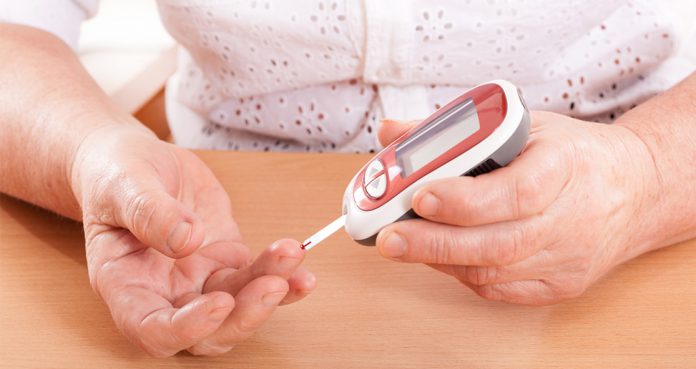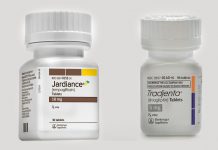New research, published in the journal Cell Metabolism, has tried to explain what causes type 2 diabetes and how to reverse the chronic metabolic condition.
Worldwide, the incidence rate of diabetes continues to grow, as more and more people are diagnosed with the condition. The number of cases increased from nearly 108 million to more than 422 million from 1980 to 2014.
The new study has been able to crack down the triggering factors of type 2 diabetes. It also explained how simple lifestyle changes could reverse the condition.
Unfortunately, pharmacological interventions offered little to no help in stopping the ongoing diabetes pandemic. However, lifestyle interventions have shown promising results where other therapies failed.
Two years ago, Medical News Today reported the findings of a clinical study suggesting that “intensive weight loss programs” could help reverse type 2 diabetes without even taking any oral hypoglycemic agents (OHAs). The clinical study was known as the Diabetes Remission Clinical Trial (DiRECT).
The co-author of that study was Prof. Roy Taylor from Newcastle University, UK, who, along with his team, tried to answer the questions about how the condition occurs and how lifestyle changes reverse the condition. They used findings from the DiRECT study and applied imaging and blood monitoring techniques.
They hypothesized that type 2 diabetes occurs when the liver is accumulated with the fat, inducing insulin resistance and increasing blood sugar production. This eventually increased plasma insulin levels. An increased level of fat in the liver causes the fat to seep into several other tissues, including the pancreas. The pancreas contains beta cells that are responsible for secreting insulin.
The authors wrote, “Long-term exposure to saturated fatty acids is harmful to [beta] cells.”
Prof. Taylor explained. “We saw that when a person accumulates too much fat, which should be stored under the skin, then it has to go elsewhere in the body. The amount that can be stored under the skin varies from person to person, indicating a ‘personal fat threshold’ above which fat can cause mischief.”
“When fat cannot be safely stored under the skin, it is then stored inside the liver and overspills to the rest of the body, including the pancreas,” he added. “This ‘clogs up’ the pancreas, switching off the genes [that] direct how insulin should effectively be produced, and this causes type 2 diabetes.”
How to reverse type 2 diabetes?
The researchers explained that lifestyle interventions by eating a healthy diet could reverse type 2 diabetes.
Prof. Taylor said, “This means we can now see type 2 diabetes as a simple condition where the individual has accumulated more fat than they can cope with stressing the hopeful implications of this finding.”
“Importantly, this means that through diet and persistence, patients are able to lose the fat and potentially reverse their diabetes. The sooner this is done after diagnosis, the more likely it is that remission can be achieved,” he added.
Prof. Taylor concluded, “For the first time, we are able to report the underlying physiologic changes during a full cycle of disease reversal and re-emergence.”
In December, the National Health Service (NHS), UK, announced that it would roll out a radical new liquid diet as a part of the weight loss therapy to patients with type 2 diabetes.
The original article was published online on Medical News Today.





















